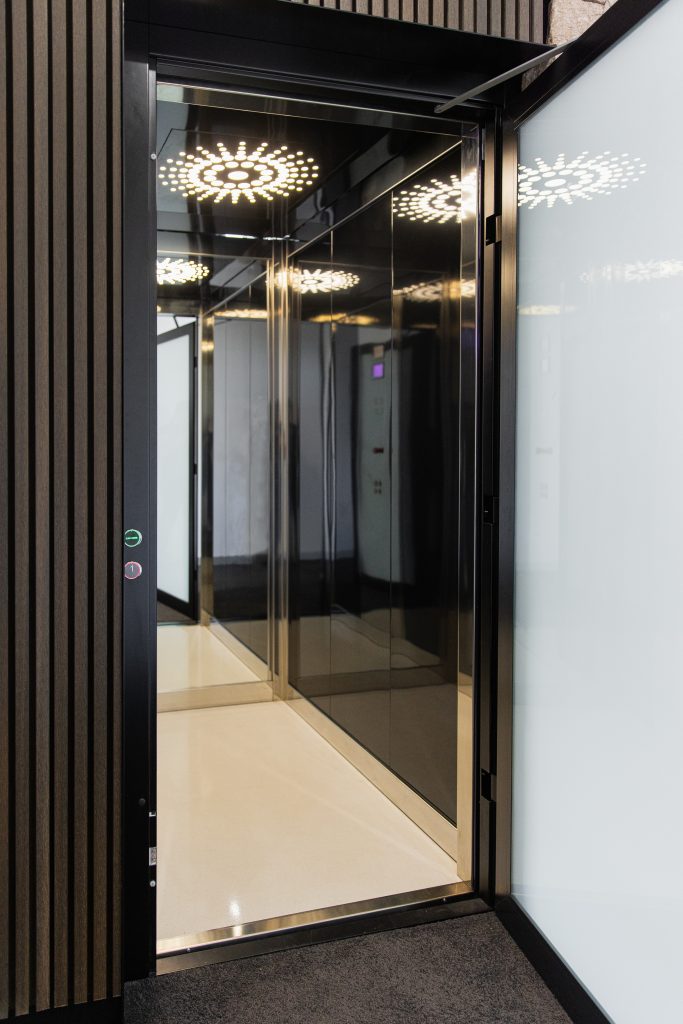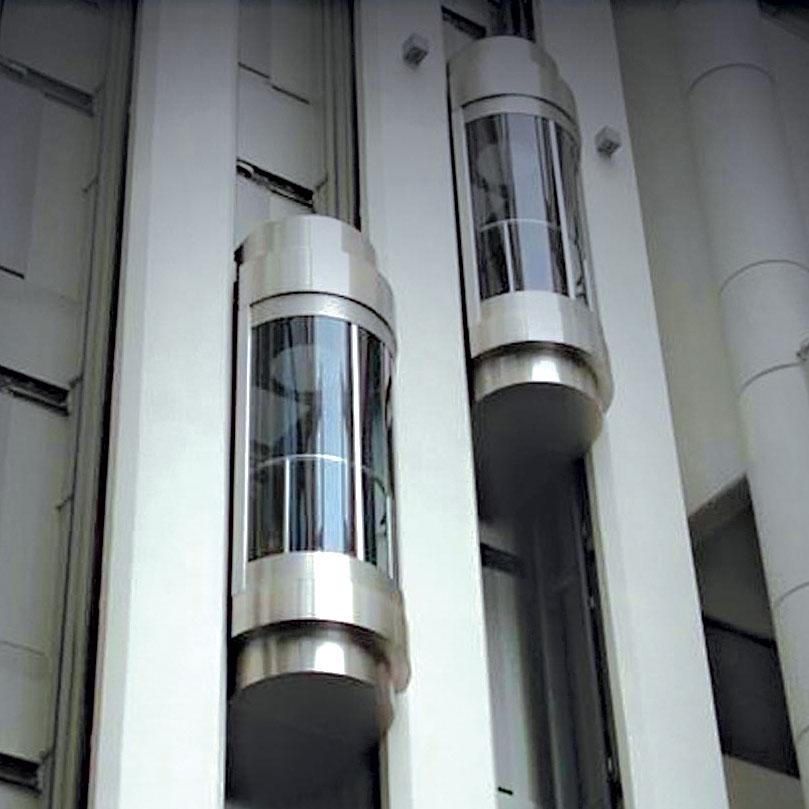Cost Effective Lift Repair Near Me: Professional Technicians at Your Service
Cost Effective Lift Repair Near Me: Professional Technicians at Your Service
Blog Article
Deciphering the Complexities of Lift Innovation: Troubleshooting Common Problems Across Lift Models
In the world of lift technology, a myriad of complexities usually lie below the surface of what seems an uncomplicated mechanism. From slow operation problems to strange sounds rising from the machinery, troubleshooting typical issues across different lift designs requires an eager eye for information and a methodical technique - repair and maintenance services. As we start this trip to untangle the complexities that can plague these important gadgets, a deeper understanding of the inner workings and potential mistakes of lift technology is important. Stay tuned as we navigate through the labyrinth of lift malfunctions, looking for remedies to the enigmatic troubles that can interfere with the smooth performance of these vital devices.
Recognizing Slow Procedure Issues

Following, examine the electric links to make sure that all elements are appropriately linked and working. Defective wiring or loose links can bring about reduce procedure or total malfunction of the lift system. Furthermore, it is necessary to evaluate the control system to identify if the issue hinges on the shows or sensing units.
If the visual assessment and electric checks do not disclose the root reason of the slow-moving operation, more diagnostic tests may be essential. These can include pressure examinations for hydraulic systems, voltage examinations for electrical elements, or running diagnostic software program for the control system. repair and maintenance services. By following an organized technique to troubleshooting slow operation issues, you can successfully determine and fix the problem, making sure the lift operates securely and successfully
Dealing With Strange Noises
To successfully repair lift technology for strange noises, a complete exam of the lift parts adhering to the identification of slow operation issues is crucial. Weird sounds in lifts can be a measure of underlying troubles that call for punctual focus to make certain the safety and security and integrity of the system.
In addition, it is crucial to refer to the lift manufacturer's upkeep standards and look for help from qualified professionals when managing intricate lift elements or unknown troubleshooting procedures. By quickly settling and resolving odd noises underlying issues, lift operators can make certain the ideal performance and safety of the lift system for operators and passengers.
Resolving Faulty Control Troubles
An effective technique for dealing with damaged control problems in lift modern technology entails carrying out an extensive assessment of the control system's elements and performance. When experiencing concerns with lift controls, it is essential to initial check for any kind of loose links, harmed wiring, or malfunctioning sensing units. Verifying that all control buttons, keypads, and display screens are functioning properly is additionally important in identifying the trouble accurately.
If no visible problems appear, specialists need to continue to inspect the control panel for any indications of water overheating, damage, or rust, as these can frequently result in control breakdowns. In addition, resetting the control system or upgrading the software may help fix specific glitches or insects triggering the issue.

Tackling Hydraulic System Malfunctions
The performance of hydraulic systems in lifts relies greatly on the correct functioning of numerous components within the system. When hydraulic systems malfunction in lifts, it can bring about operational disturbances and safety worries. One common problem is hydraulic liquid leakage, which can happen as a result of worn-out seals, loose links, or harmed cylinders. To tackle this issue, professionals should perform a detailed examination to identify the source of the leakage and change any malfunctioning parts promptly.
One more regular hydraulic system breakdown is a loss of stress, which can arise from air getting in the system, fluid contamination, or pump ineffectiveness. Professionals can resolve this by hemorrhaging the system to get rid of air, changing infected liquid, or servicing the pump as required. In addition, abnormalities in hydraulic liquid degrees or uncommon sounds throughout lift procedure might suggest underlying system breakdowns that need instant interest to protect against more damages. Normal upkeep and prompt troubleshooting of hydraulic system problems are vital to making sure the effective and risk-free operation of lift technology.
Handling Electrical Part Failures
Attending to electrical part failings in lift technology demands a methodical method to detecting and solving problems to keep functional functionality and safety and security requirements. When encountering electric problems in lift systems, it is critical to very first conduct a detailed assessment of the electrical parts, including control board, wiring, sensing units, and circuit boards. Any kind of signs of damages, corrosion, loose links, or charred components should be very carefully noted and attended to promptly to avoid further problems.
When it comes to electrical element failures, it is vital to follow producer standards for troubleshooting and repair service treatments. This might involve checking the parts using multimeters, oscilloscopes, or other analysis devices to pinpoint the exact source of the breakdown. In addition, having a comprehensive understanding of the lift's electrical schematics and electrical wiring layouts can aid in determining and fixing concerns efficiently.
Regular maintenance and evaluation routines can assist stop electric failings lift companies in London by detecting potential problems early. Appropriate training for lift professionals on electric systems and parts is additionally vital to ensure accurate diagnosis and efficient resolution of electrical issues, eventually contributing to the general security and dependability of lift operations.
Conclusion
To conclude, troubleshooting lift technology requires an organized strategy to recognize and resolve usual issues such as sluggish operation, unusual noises, damaged controls, hydraulic system breakdowns, and electric element failures. By understanding the complexities of lift modern technology and adhering to appropriate fixing steps, technicians can effectively settle concerns and make sure the reliable and risk-free operation of lifts throughout different models.
To properly fix lift technology for odd noises, a comprehensive exam of the lift elements complying with the identification of slow-moving operation concerns is critical. Odd noises in lifts can be indicative of underlying troubles that need punctual interest to ensure the safety and security and reliability of the system.A reliable technique for addressing malfunctioning control problems in lift innovation involves carrying out a comprehensive analysis of the control system's components and functionality.The efficiency of hydraulic systems in lifts counts heavily on the appropriate functioning of different components within the system. repair and maintenance services. When coming across electrical troubles in lift systems, it is important to first perform a complete inspection of the electric components, consisting of control panels, electrical wiring, sensors, and circuit boards
Report this page